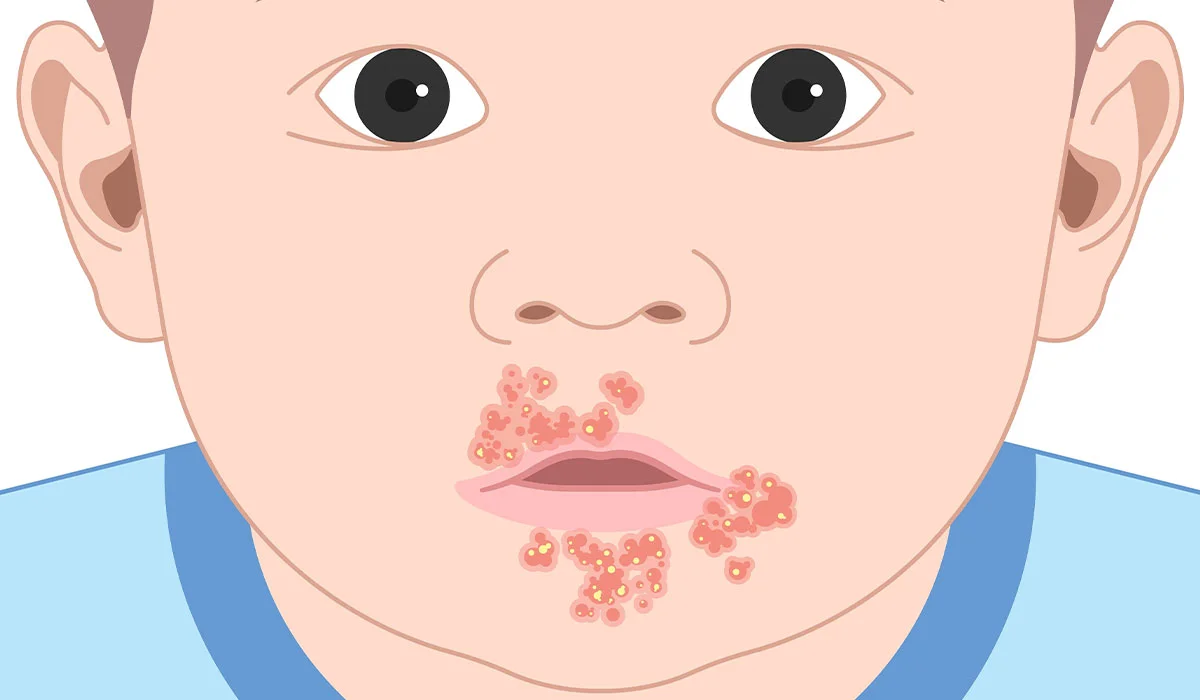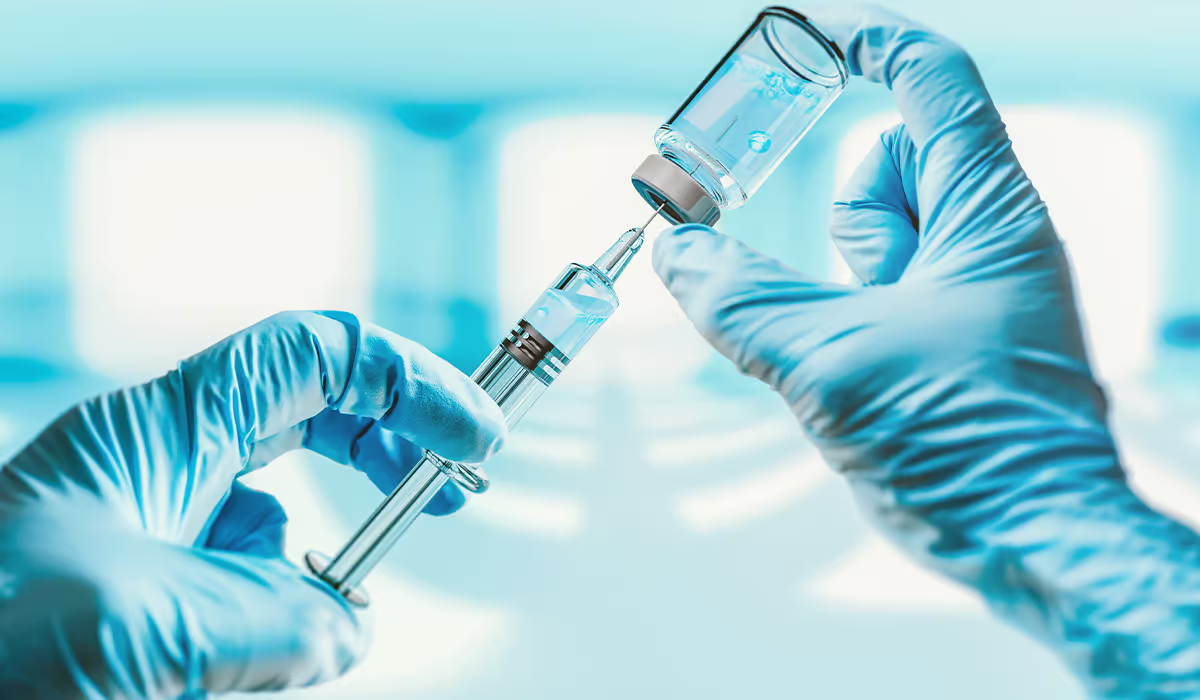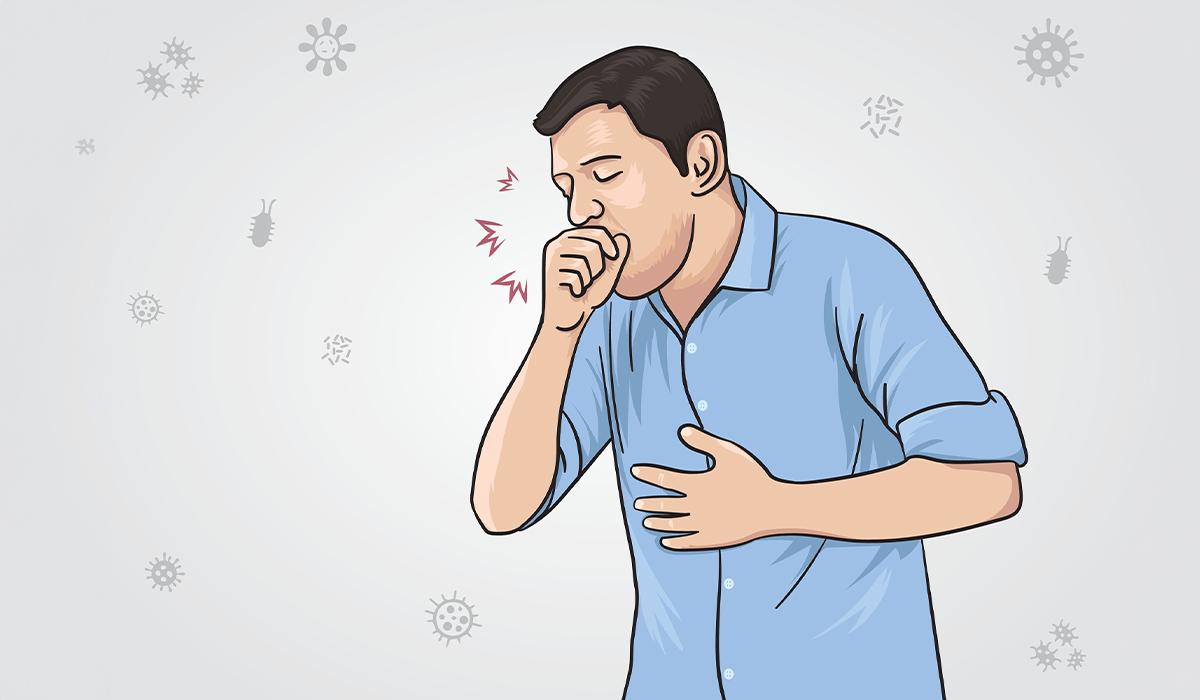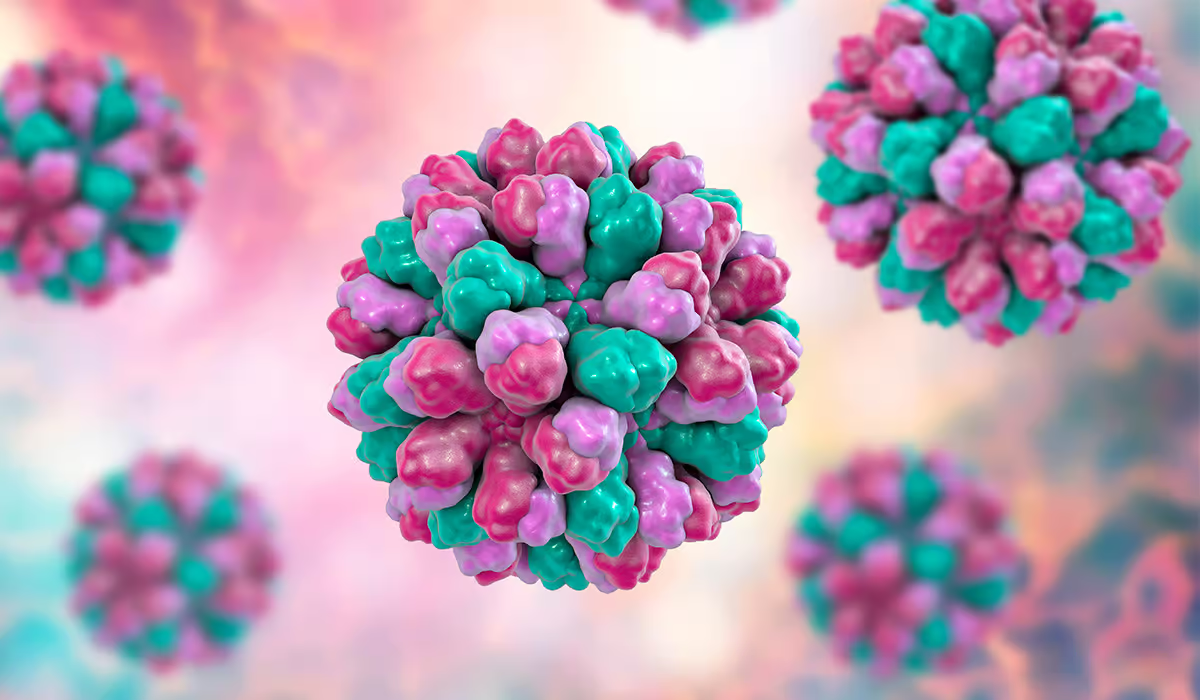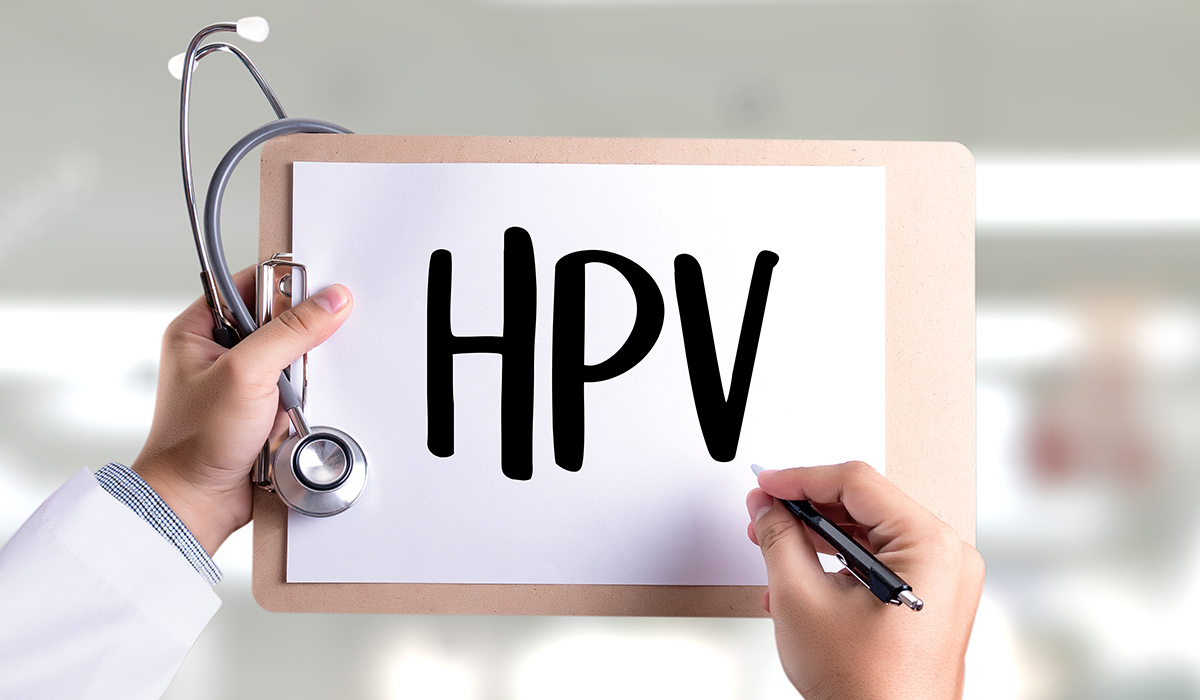Semen is a liquid secretion produced mainly by the seminal vesicles (70% of the volume of semen), as well as by the bulbourethral glands and the prostate gland. Ejaculation in men is preceded by contractions of the smooth muscles of the internal genitalia, which cause sperm to move from the epididymis through the spermatic cords to the ejaculatory ducts that open into the urethra at the height of the seminal mound.
The seminal vesicles, which produce the liquid part of the semen, connect to the ejaculatory ducts. During ejaculation, semen containing sperm leaves the ejaculatory ducts and is then expelled through the urethra which opens at the top of the penis thanks to the contractions of the bulbocavernosus muscle.
During a vasectomy, the vas deferens are cut bilaterally, which prevents sperm from being transported from the epididymis through the vas deferens to the ejaculatory ducts. The remaining elements of the ejaculatory act remain intact, so only the composition of the ejaculate changes (there are no sperm in it), while the volume and other parameters of the semen should not change after vasectomy.

Effectiveness
Vasectomy is an invasive method of contraception for men; however, it is linked to several advantages:
- It is nearly 100 percent effective in preventing pregnancy
- It can enhance a man’s sex life by eliminating the need to interrupt intercourse to use a condom and the worry of unwanted pregnancy
- It can improve relationships in partnerships
- There are increasingly less invasive and safe techniques for the procedure
- It eliminates the need for the female partner to use hormonal contraception
Aside from its advantages, vasectomy also has disadvantages. It is important to note that this form of male contraception only prevents unwanted pregnancy and does not protect against sexually transmitted diseases.
Preparing
There is no special preparation scheme for vasectomy. The procedures of the facility performing the procedure are used here. The man may be asked to shave the genital area before the procedure. He should also have basic blood tests and the HBs antigen marked.
Performing a vasectomy does not require the man to stay in the medical facility. After about 1.5 hours after the procedure, the patient can go home. Specialists recommend wearing tight underwear after the procedure. The dressing should be kept on for several hours after the spermatic cord has been tied (afterward, the dressing is usually unnecessary), and there are no contraindications to shower on the same day. The vast majority of men do not experience any pain after the procedure, so painkillers are rarely required.
Men who have had a vasectomy can safely engage in physical activity, with only intense exertion (e.g., prolonged cycling) being restricted for several days. Doctors also suggest limiting sexual activity for the first week following the vasectomy.
Procedure
Let’s walk through the procedure. Before the surgery, the doctor explains the process and discusses potential complications with the patient.
Before each vasectomy procedure, there is a qualifying visit with a doctor who collects a detailed interview, examines the patient and thoroughly explains the procedure and further steps. Often, the doctor may recommend temporary discontinuation of anticoagulants before the procedure, if the patient is taking them. Additionally, the patient should shave the pubic area (scrotal skin and penis area) at least one day before the procedure.
Conventional Vasectomy
The conventional vasectomy involves the surgeon making a small incision in the scrotal skin, locating the spermatic cord, cutting and closing it on both sides and then removing a section of the spermatic cord. The surgeon then closes the free ends of the spermatic cords using sutures, clips, or coagulation. Sometimes, only one end of the spermatic cord is closed to reduce complications.
Non-scalpel Vasectomy
The second method called the no-scalpel vasectomy, differs from the classic technique in the way the spermatic cord is accessed. In this procedure, the surgeon uses a clamp to hold the spermatic cord, then separates the skin of the scrotum to expose the cord. The spermatic cords are then cut and tied, and the skin of the scrotum usually does not require suturing.
Indications
Vasectomy is primarily chosen by men seeking permanent contraception. Typically, those who already have children and do not intend to have more opt for this procedure. It is also an option for individuals who, for various reasons, do not wish to have children. Additionally, vasectomy may be considered if the partner’s pregnancy poses a risk to her health or life, or if there is a high likelihood of serious genetic diseases being passed on.
Contradictions
Several factors prevent a vasectomy. Contraindications to vasectomy include:
- Blood clotting disorders
- Use of anticoagulants
- Acute infections and inflammation of the scrotal skin
- Large varicoceles and hydroceles
- Specific anatomical abnormalities or undescended testicles, resulting in the absence of the testicles in the scrotum
Recommendations After The Procedure
Following specific guidelines to aid in a quick recovery after a vasectomy is essential. For a few days, refrain from heavy physical activity and intense training. Cold compresses can help reduce swelling and discomfort in the scrotum, and your doctor may advise wearing snug underwear to promote healing and minimize pain.

Does Ejaculation Still Happen After A Vasectomy?
A vasectomy does not affect the mechanism of ejaculation. A man, after a vasectomy, experiences it, but the semen does not contain sperm. For this reason, this procedure is an effective method of contraception. However, remember that sperm may still be present in the semen for several to several weeks after the procedure. Therefore, it is necessary to perform a control test of the ejaculate (usually 8-12 weeks after the procedure). Until the lack of sperm in the semen is confirmed, barrier contraception should be used. However, it is worth remembering that vasectomy does not protect against sexually transmitted diseases.
When Does Vasectomy In Men Begin To Prevent Pregnancy?
After vasectomy, sperm may still be present in the man’s semen for about 2-3 months, which is why the patient should use previously used contraceptive methods during this time. To check the results of the procedure and determine the “safe” period (i.e., the moment when you can stop using additional contraceptives), the patient should report for semen analysis (seminogram) after 8 and 12 weeks after the vasectomy.
The ejaculate examination is based mainly on the initial macroscopic and then microscopic evaluation of the sperm. The material for the examination is collected from the man by masturbation into a sterile container or during sexual intercourse using a condom that does not contain spermicides.
The semen analysis is intended to answer the question of whether there are sperm in the man’s semen – after three months from the ligation of the seminal ducts, there should be no sperm in the ejaculate.
In rare cases, the seminal duct may spontaneously fuse, and fertility may be restored. In such a situation, it is necessary to repeat the vasectomy procedure to achieve the intended infertility.
Complications And Side Effects
Vasectomy is a minimally invasive procedure that rarely leads to severe complications. Potential side effects of the procedure may include:
- Extensive bruising of the scrotum
- Hematoma of the surgical site
- Infection of the surgical site
- Inflammation of the epididymis
- Redness, swelling, and pain of the scrotum – in rare cases, it can progress to chronic scrotal pain syndrome
- Seminal granuloma – a nodular thickening that occurs late in the area where the spermatic cords were cut; the patient may occasionally feel a painful lump through the skin of the scrotum, which does not require treatment
- Reopening of the spermatic cord a year or more after the vasectomy. Some patients may develop vasitis nodosa, a nodular thickening of the spermatic cord, a few months after the procedure. It is a benign change that does not require treatment
There is no proven link between vasectomy and an increased risk of prostate cancer.
Is Vasectomy Reversible?
Many men ask whether vasectomy is a reversible procedure and whether it is possible to re-open the spermatic cord. Vasectomy reversal (revasectomy or vasostomy) involves restoring the continuity of the spermatic cord, which as a result restores the chance of live sperm in male semen. The effectiveness of the reversal procedure ranges from 55 to 80 percent. The percentage range is related to the time that has passed since the vasectomy. If about 20 years have passed, the chance of success of vasectomy reversal is about 55 percent, while if the man underwent the reversal procedure five years after the vas ligation, the effectiveness increases to 80 percent.
Is Vasectomy Reversal Safe?
While for most men vasectomy is a minimally invasive, safe, and simple procedure, the procedure to reverse its effects is complicated, expensive, and requires specialized medical centers.
Before the vas ligation procedure, it is worth considering the possibility of depositing sperm in a sperm bank, which, in the event of any complications with restoring the continuity of the vas deferens or fertility problems, can be used as a source of sperm for assisted reproduction techniques.
In addition, there are alternative methods of obtaining sperm if it is not possible to perform a reversible vasectomy, such as the TESE method or the PESA/TESA method.
Vasectomy For Women
Many men who delve deeper into the subject of vasectomy wonder whether there is a vasectomy for women – to compare both options. It is worth noting here that the term vasectomy for women is incorrect because they do not have spermatic cords. The same sterilization procedure is called tubal ligation in this case.
There are several types of surgical sterilization in women. These include tubal ligation, hysteroscopic sterilization, and hysterectomy.

Tubal Ligation
One of the most effective methods of contraception is tubal ligation, also known as female surgical sterilization. The procedure is performed under local or general anesthesia. The operation is performed traditionally through an incision in the lower abdomen or laparoscopically. The side effects of female sterilization in the form of tubal ligation include, among others, bleeding and infection.
Performing a tubal ligation procedure leads to an irreversible loss of the ability to fertilize, so the decision to use it must be well thought out. According to the law, performing this method of female sterilization is only possible in strictly defined cases – if it is intended to save life or health.
Hysteroscopic Sterilization
Hysteroscopic sterilization is a procedure that is considered a permanent method of female sterilization and there is no surgery to reverse it. During the procedure, special 4-centimeter coils are placed in each fallopian tube, which are later overgrown with tissue, creating a barrier for the egg, which cannot pass into the uterus.
The fallopian tubes become completely blocked after about three months from the procedure. Therefore, it is necessary to use other methods of contraception for three months.
Hysterectomy
This type of female sterilization is treated more as a method of treatment than a way to prevent pregnancy. What is a hysterectomy? It is a surgical procedure of removing the uterus. Radical hysterectomy is sometimes the only solution for women suffering from gynecological cancers or uterine fibroids.
The operation can be performed by classical surgery. A minimally invasive laparoscopic hysterectomy is also possible. A total hysterectomy results in infertility. Intercourse after hysterectomy is possible, but you usually have to wait about 1.5 months after the procedure.
The Cost Of The Procedure
Vasectomy prices can vary widely depending on several factors, including geographic location, hospital or clinic facilities, physician fees, the method of vasectomy used (traditional vasectomy vs. no-scalpel vasectomy), and whether additional medical services or tests are required.
In some countries, healthcare systems or health insurance plans partially or fully cover the expense of a vasectomy.
Sources
- Vasectomy. NIH.
https://www.ncbi.nlm.nih.gov/books/NBK549904/ - How effective is vasectomy?. NIH.
https://www.nichd.nih.gov/health/topics/vasectomy/conditioninfo/effective - Vasectomy. NIH.
https://111.wales.nhs.uk/encyclopaedia/v/article/vasectomy/ - Preparing for a vasectomy. NHS.
https://www.nhs.uk/contraception/methods-of-contraception/vasectomy-male-sterilisation/preparation/ - How is a vasectomy done?. NIH.
https://www.nichd.nih.gov/health/topics/vasectomy/conditioninfo/done - Recovering after a vasectomy. NHS.
https://www.nhs.uk/contraception/methods-of-contraception/vasectomy-male-sterilisation/recovery/ - Vasectomy. NHS.
https://www.nhsinform.scot/healthy-living/contraception/vasectomy/ - Choosing to have a vasectomy. NHS.
https://www.therotherhamft.nhs.uk/patients-and-visitors/patient-information/choosing-to-have-a-vasectomy - Review of Vasectomy Complications and Safety Concerns. NIH.
https://www.ncbi.nlm.nih.gov/pmc/articles/PMC8255399/ - Vasectomy reversal: a clinical update. NIH.
https://www.ncbi.nlm.nih.gov/pmc/articles/PMC4854082/ - Tubal Sterilization. NIH.
https://www.ncbi.nlm.nih.gov/books/NBK470377/ - Hysteroscopic Tubal Sterilization. NIH.
https://www.ncbi.nlm.nih.gov/pmc/articles/PMC3819111/ - Abdominal Hysterectomy. NIH.
https://www.ncbi.nlm.nih.gov/books/NBK564366/
